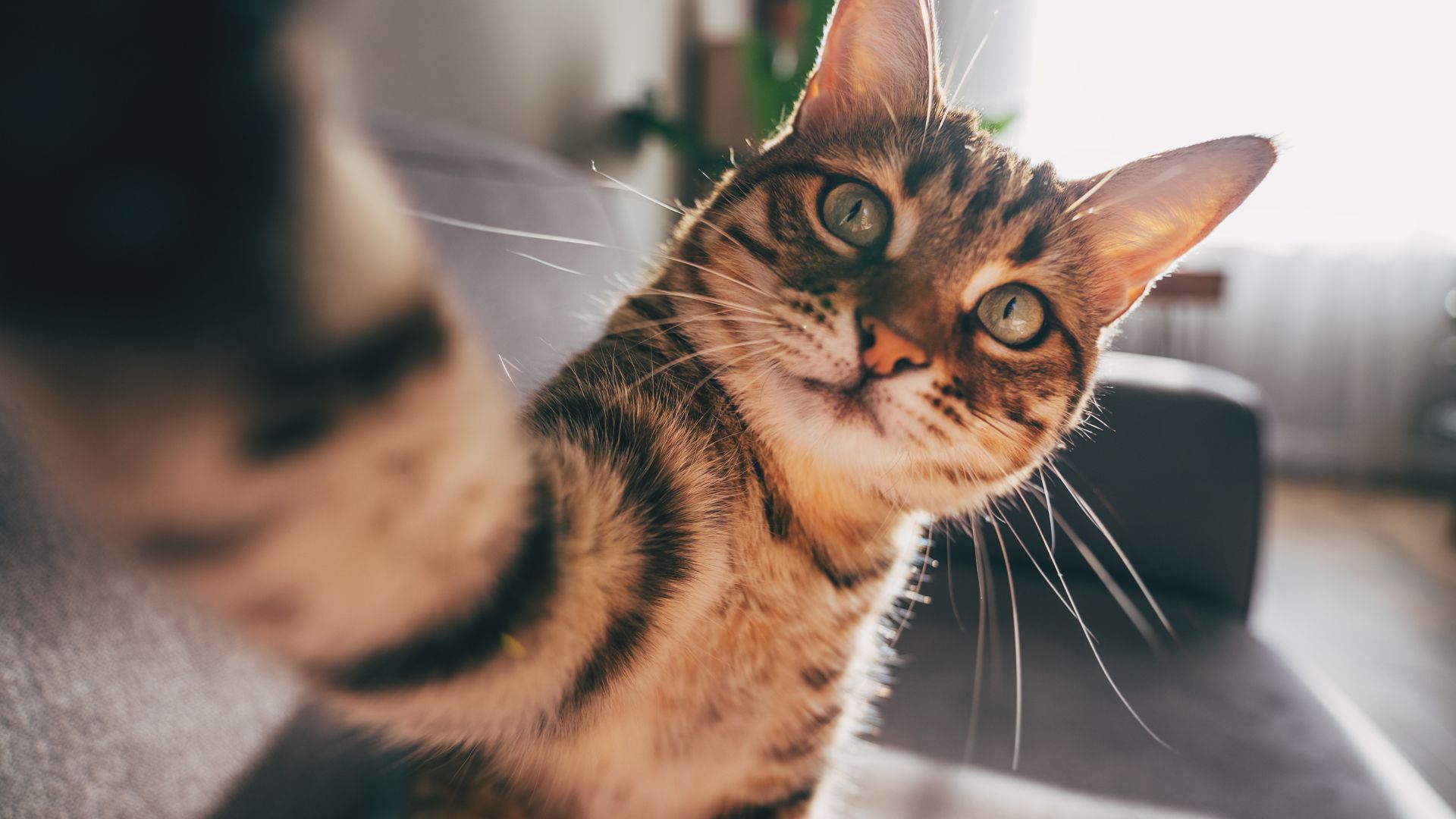
If you’re looking for a handful of the most interesting cat facts you can sink your teeth into — we’ve got just the thing.
While we love nothing more than searching high and low for the best interactive cat toys to help keep your cat mentally stimulated, we’re also a big sucker for interesting facts about our fabulous feline friends.
If you have the pleasure of owning of a puss, or you’ve just welcomed a kitten into your home, you’ll know how fascinating and unique these cute creatures can be. But there’s much more to cats than what meets the eye. For example, did you know there’s a very valid reason for their coarse, sand-paper-like tongues? Or that they can have up to 10 extra toes? Engrossing stuff, right?
To uncover what really makes your cat tick, here’s a handful of the most interesting cat facts you, and fellow feline fans, will love.
Interesting cat facts to get stuck into
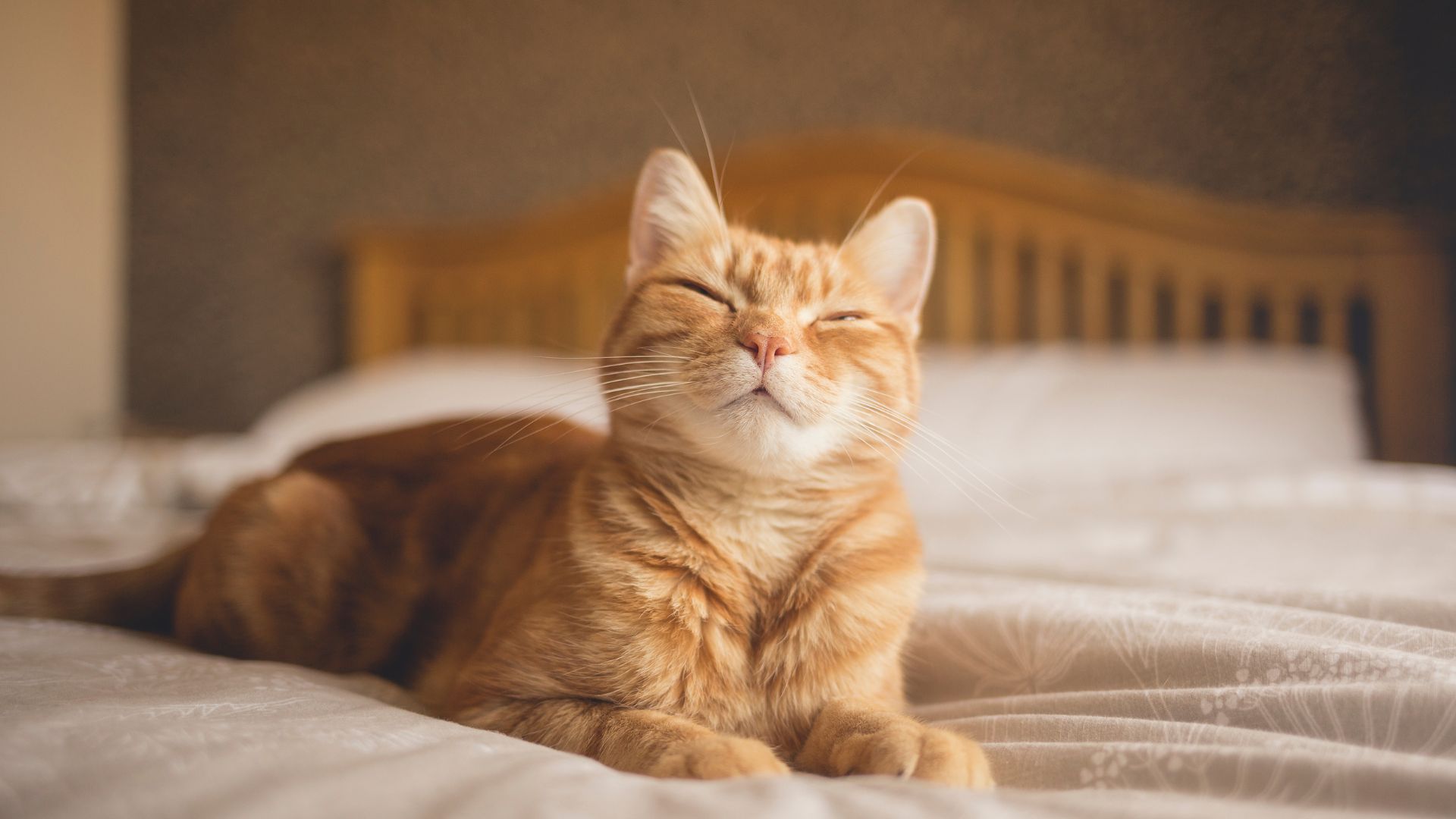
1. A cat was a mayor for 20 years (yes, really!)
For reasons we’re still unsure of, legend has it that a ginger cat called Stubbs ended up being a mayor for two decades in a small town in Alaska.
Stubbs resided over the town of Talkeetna, which had fewer than 900 residents, and he ran uncontested from July 1997 until his death in July 2017. Who knows...if he hadn’t passed away, he might still be mayor of the town today.
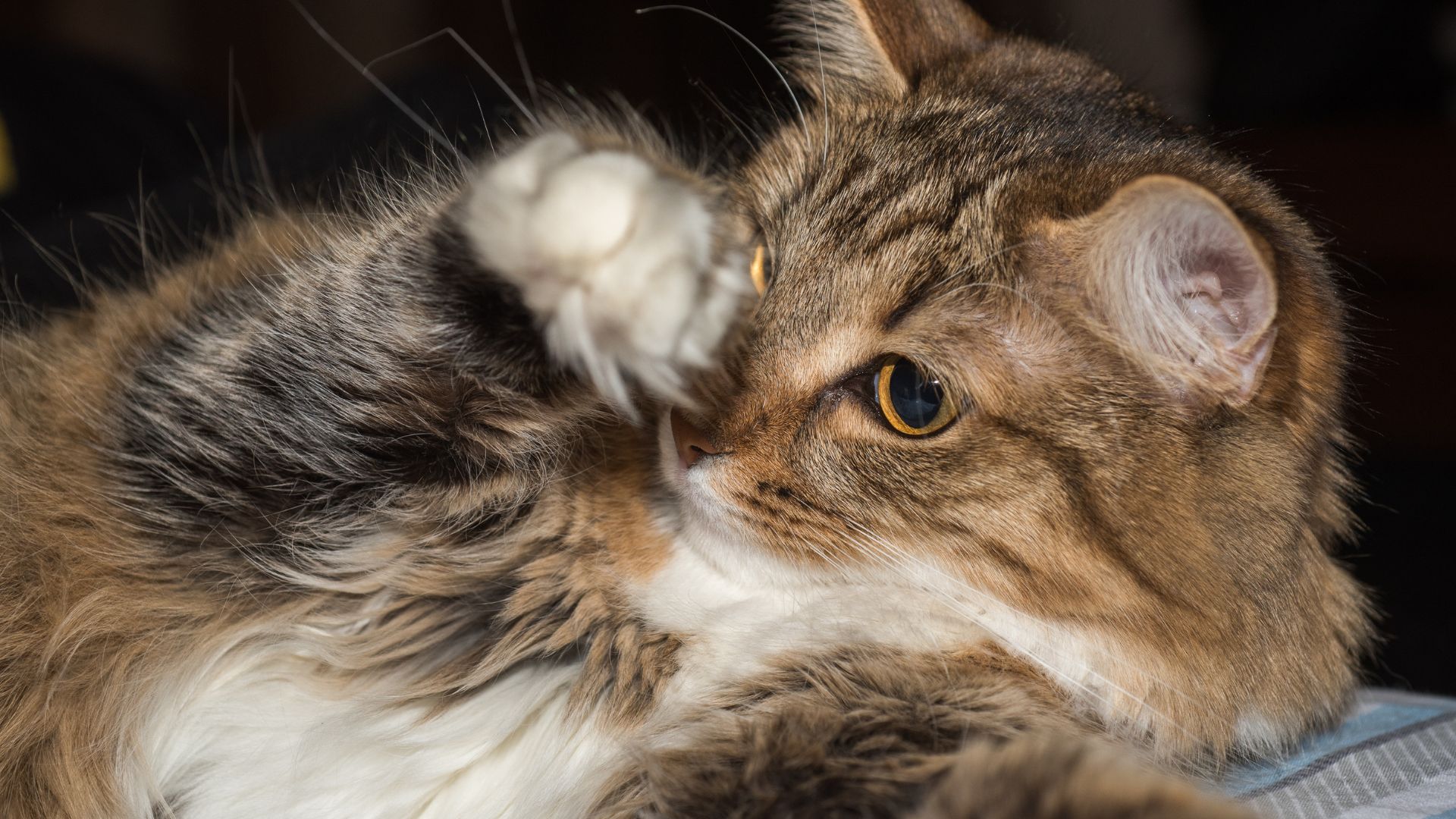
2. Cats have whiskers on their legs, not just their face
Ever wondered why cats have whiskers? Well, the whiskers on their face are an essential sensory tool for cats, as the follicles located at the base of each whisker contain neurons that transmit information to the cat's brain.
But did you know, these aren’t the only whiskers they have? Cats have a second set of whiskers located on the back of their front legs. These are known as carpal whiskers and, much like their facial whiskers, these help your kitty to navigate the world around them.
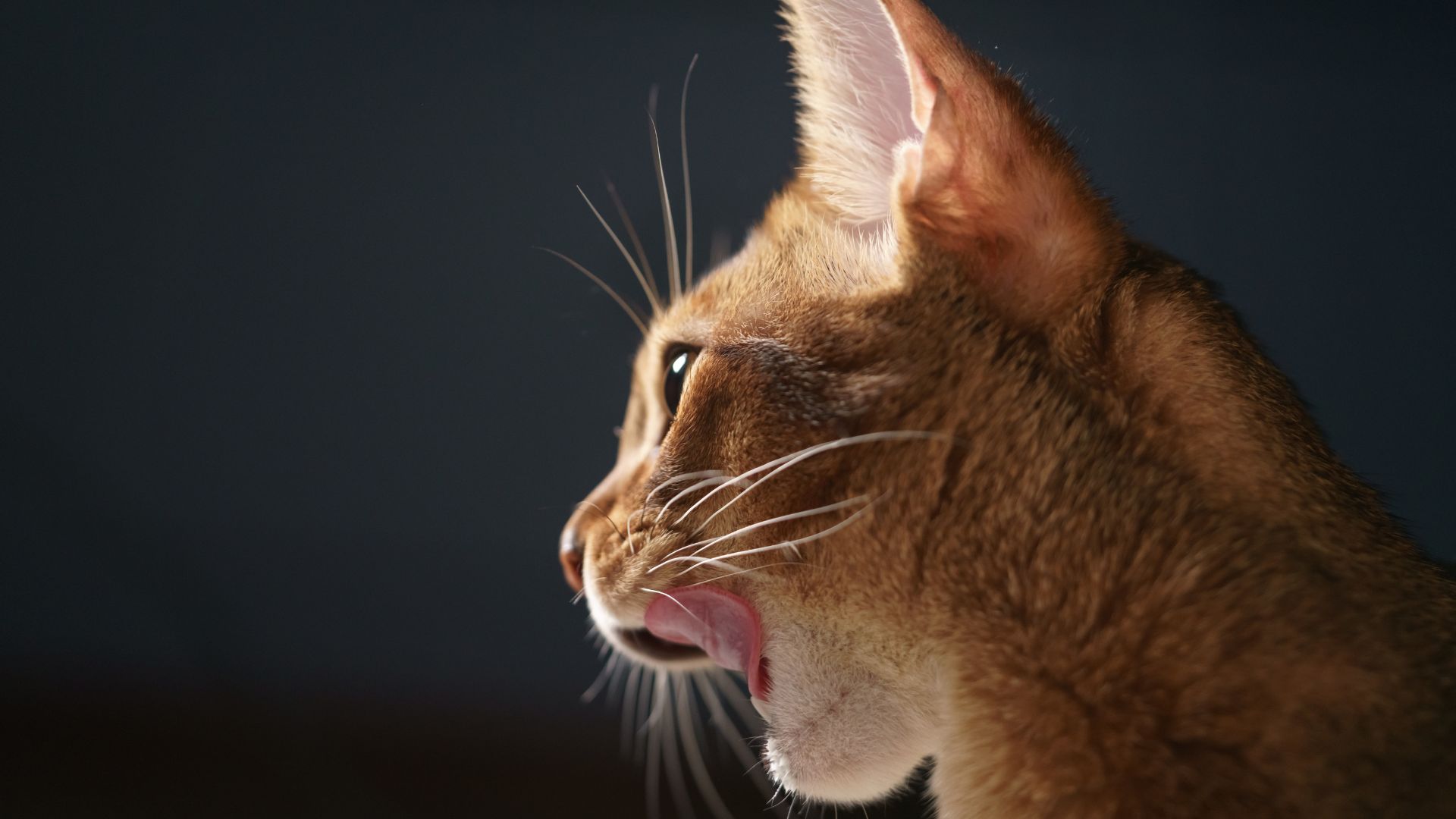
3. Cat whiskers are as sensitive as our fingertips
Talking of whiskers, while the whisker hair has no nerves, the hair follicles are full of nerve endings and blood vessels that transmit information to the cat's brain. This is exactly the same way that the fingertips of humans send messages to our brains.
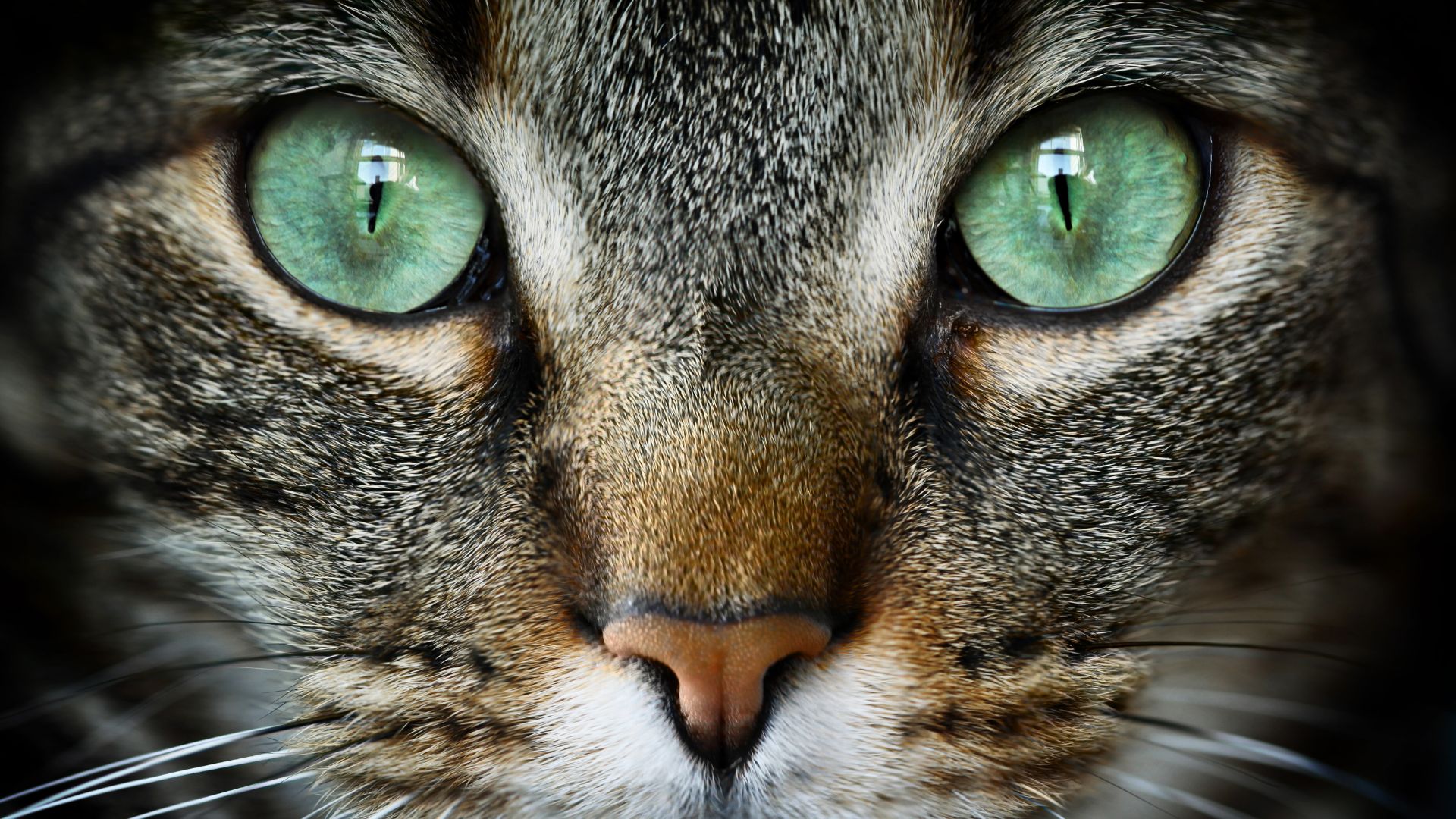
4. Cats are nearsighted
Meaning? A cat’s big and beautiful eyes can’t focus on anything less than a foot away from them — but that’s where those handy whiskers come into play and help them feel what they can’t see right in front of them.
This might leave you wondering: ‘can cats see in the dark’? Rest assured! While your cat might be nearsighted, their night vision and peripheral vision are much better than ours, as the structure of their eyes means that they are well adapted to low levels of light.
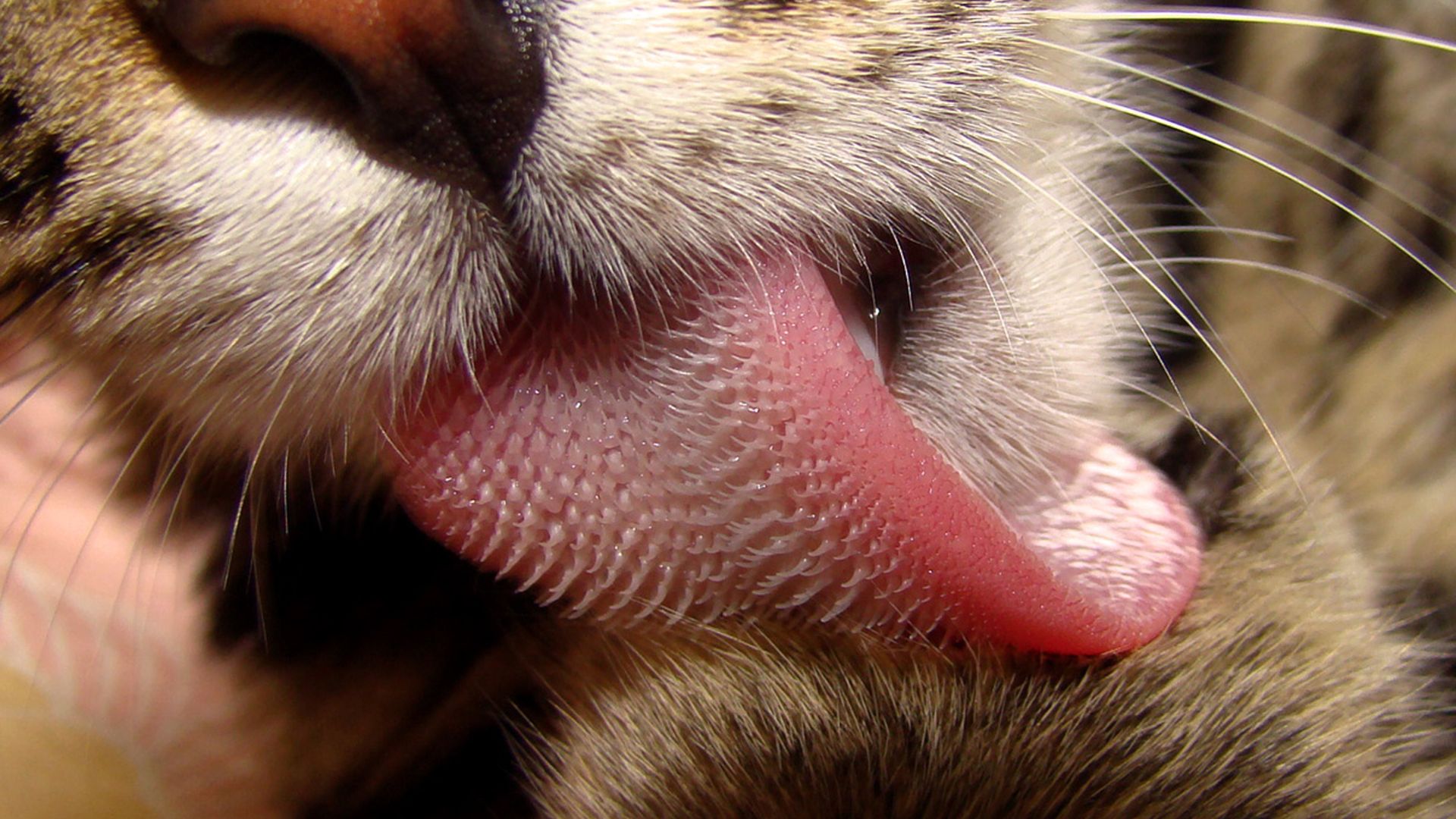
5. Cats’ tongues are rough enough to strip meat from bones
Have you ever noticed how rough a cat’s tongue is? Often described as scratchy or having a sandpaper feel, a cat’s tongue is made up of hundreds of backward-facing spines (or papillae).
These papillae make a cat’s tongue tough enough to lick a bone clean of meat. It can also help cats ‘comb’ their fur and create a curl in their tongue to help them scoop up water to drink.

6. Cats can have up to 28 toes
Generally speaking, the average cat has 18 toes with five on each front paw and four on each back paw.
However, some cats have extra toes. These are known as polydactyl cats, which aren't as uncommon as you might think. Polydactyl cats can have extra toes thanks to a congenital abnormality that's passed down from their parents — so essentially, because of a genetic mutation.
As it stands, 28 toes with seven on each paw is the world record for a polydactyl cat, which is held jointly by a Canadian ginger tabby called Jake, and an American polydactyl cat called Paws.

7. Cats and humans have been living side-by-side for more than 9,500 years
It’s no wonder cats and humans can live together in perfect harmony.
It’s believed that we’ve been sharing our homes and hearts with our feline friends for more than 9,500 years. This comes after archeologists found a gravesite shared by a cat and a human which predates Egyptian cat art by around 4,000 years.

8. You might not have been to space, but a cat has
You’ll most likely have heard of dogs, monkeys and chimpanzees having traveled to space. But a cat now joins that long lineup of space travelers.
On October 18th 1963, ‘Astrocat’ — more formally known as Felicette — was the first cat to soar 96 miles above Earth’s surface to travel to outer space. Once a stray, the petite black-and-white Persian cat is still the only cat to have made it to interstellar.
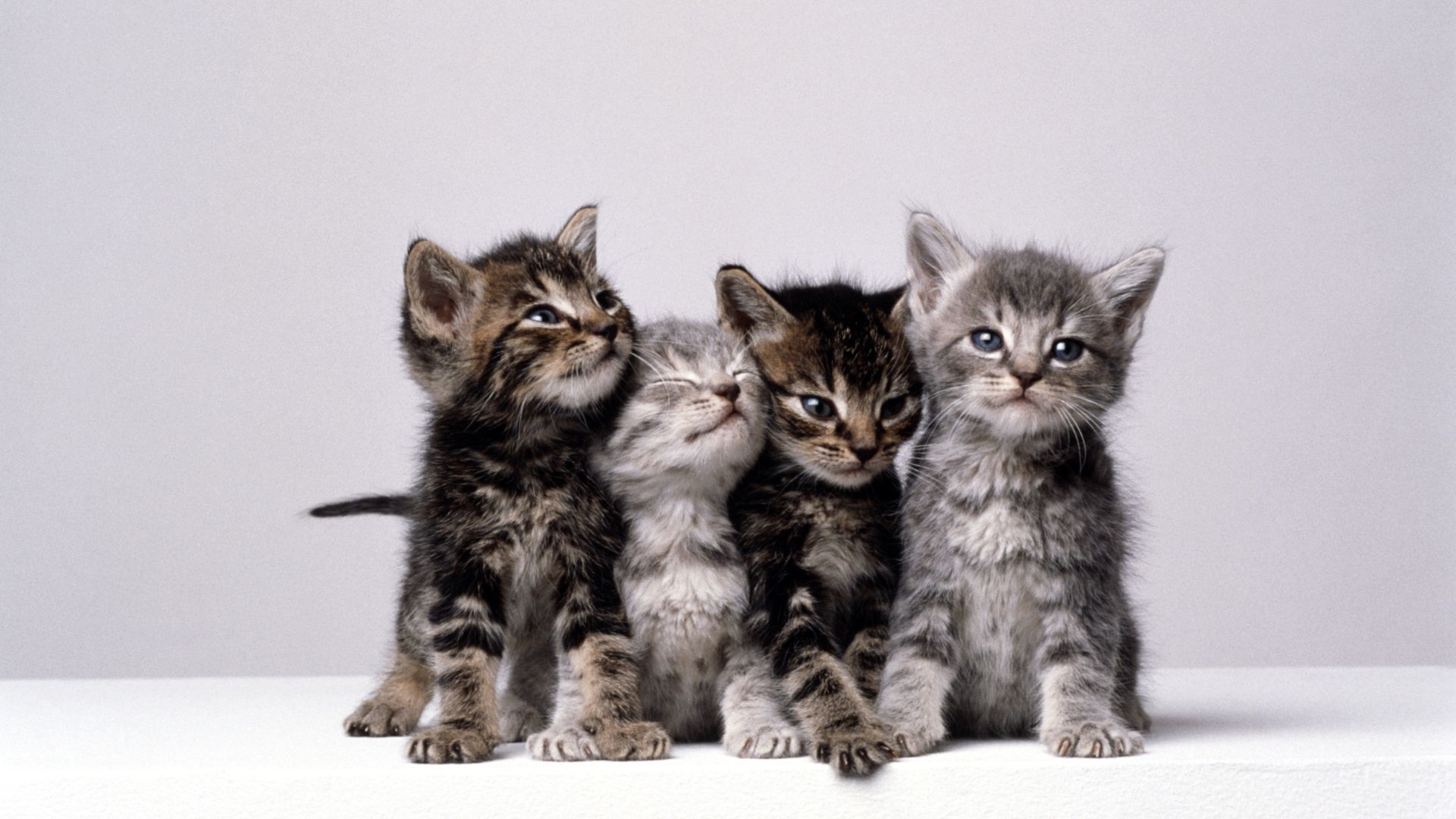
9. A group of cats is called a clowder
That said, you could also refer to a group of cats as a clutter. But we think 'clowder' is much more fun!

10. A female cat that isn’t neutered is called a queen
Considering neutering your pet? Well, before you do, not only will going through with this simple surgical procedure have health benefits for your pet, it could also change their name.
Toms are the name given to unneutered male cats while unneutered female cats are called queens. Genius!
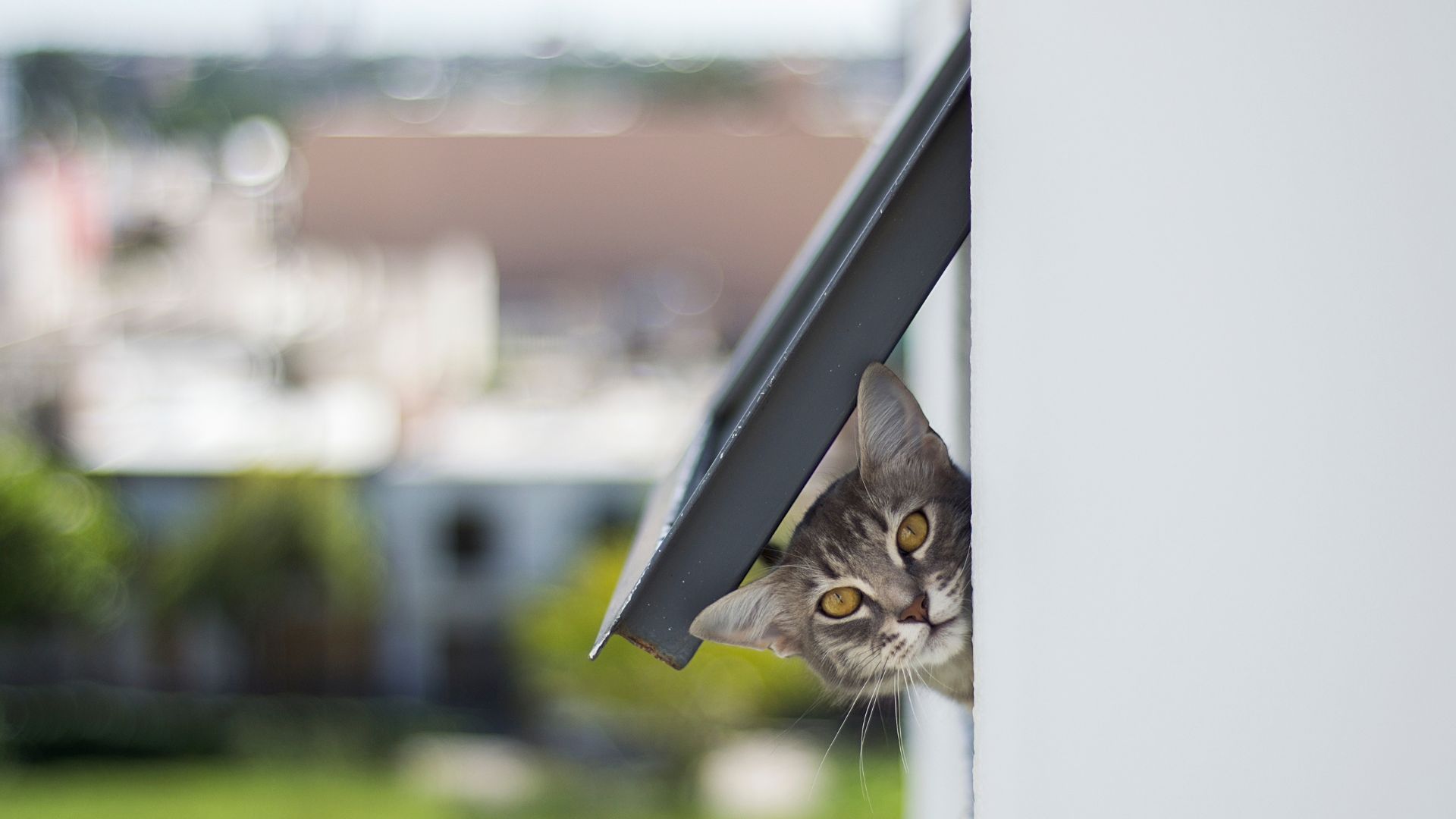
11. Isaac Newton invented the cat door
We have the brilliant physicist and mathematician Sir Isaac Newton to thank for our understanding of gravity. But there’s another thing to add to the list — and that’s for his invention of the cat flap.
Of course, cat flaps have come a long way since their humble beginnings — for example, nowadays the best microchip cat flaps not only stop random cats from entering your home, but with some, you can even track your feline’s whereabouts. However, it’s believed that when working at the University of Cambridge, Newton became so annoyed with the sound of cats trying to get through his door, he tasked a carpenter to build 'cat doors'.
Interested in finding out some more fascinating information about our pets? Check out our favorite interesting dog facts that will blow your mind.







